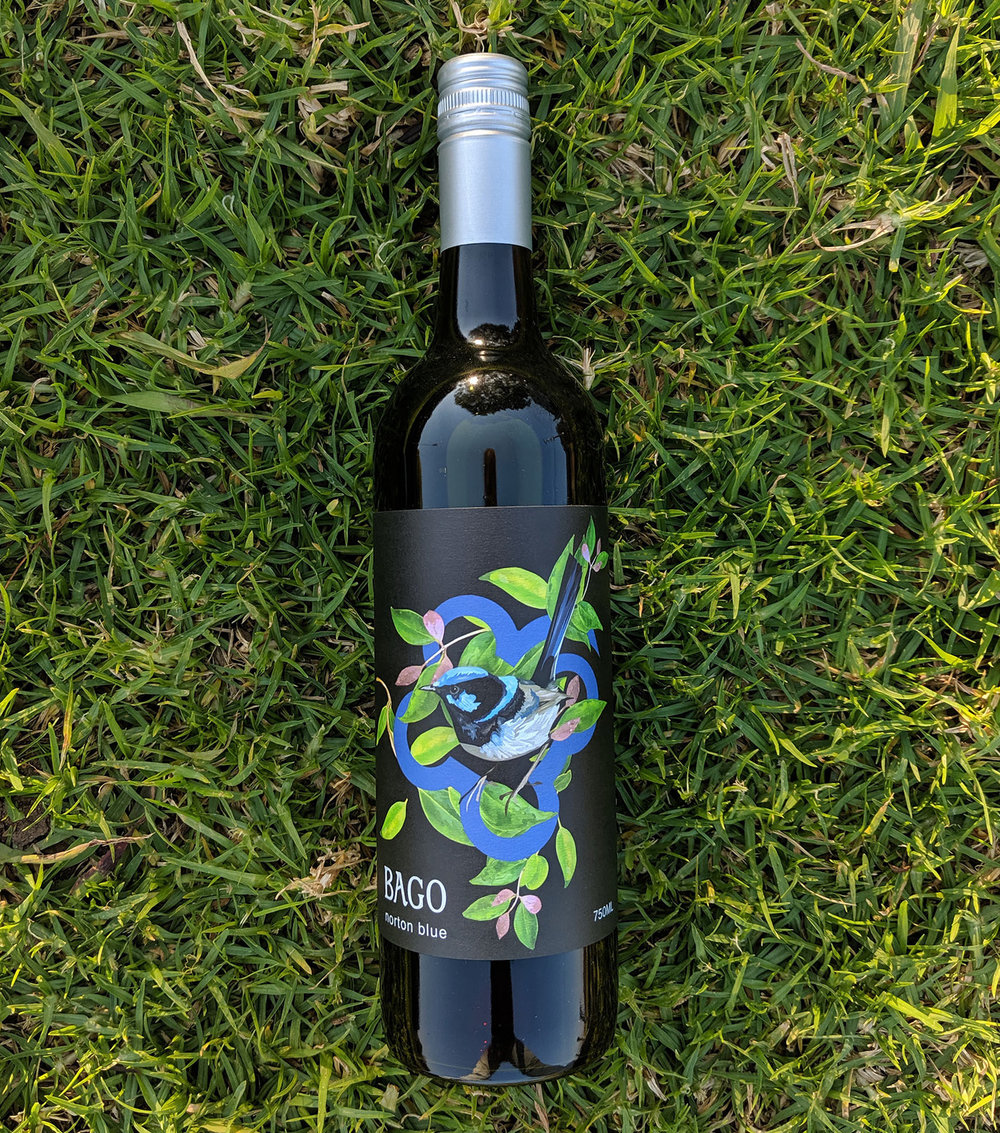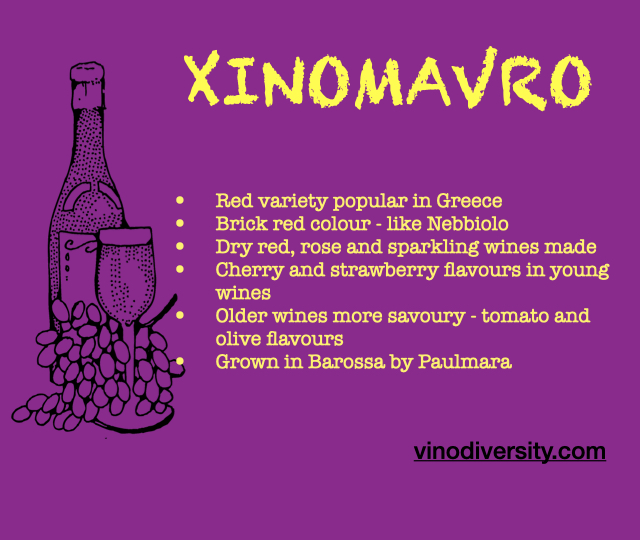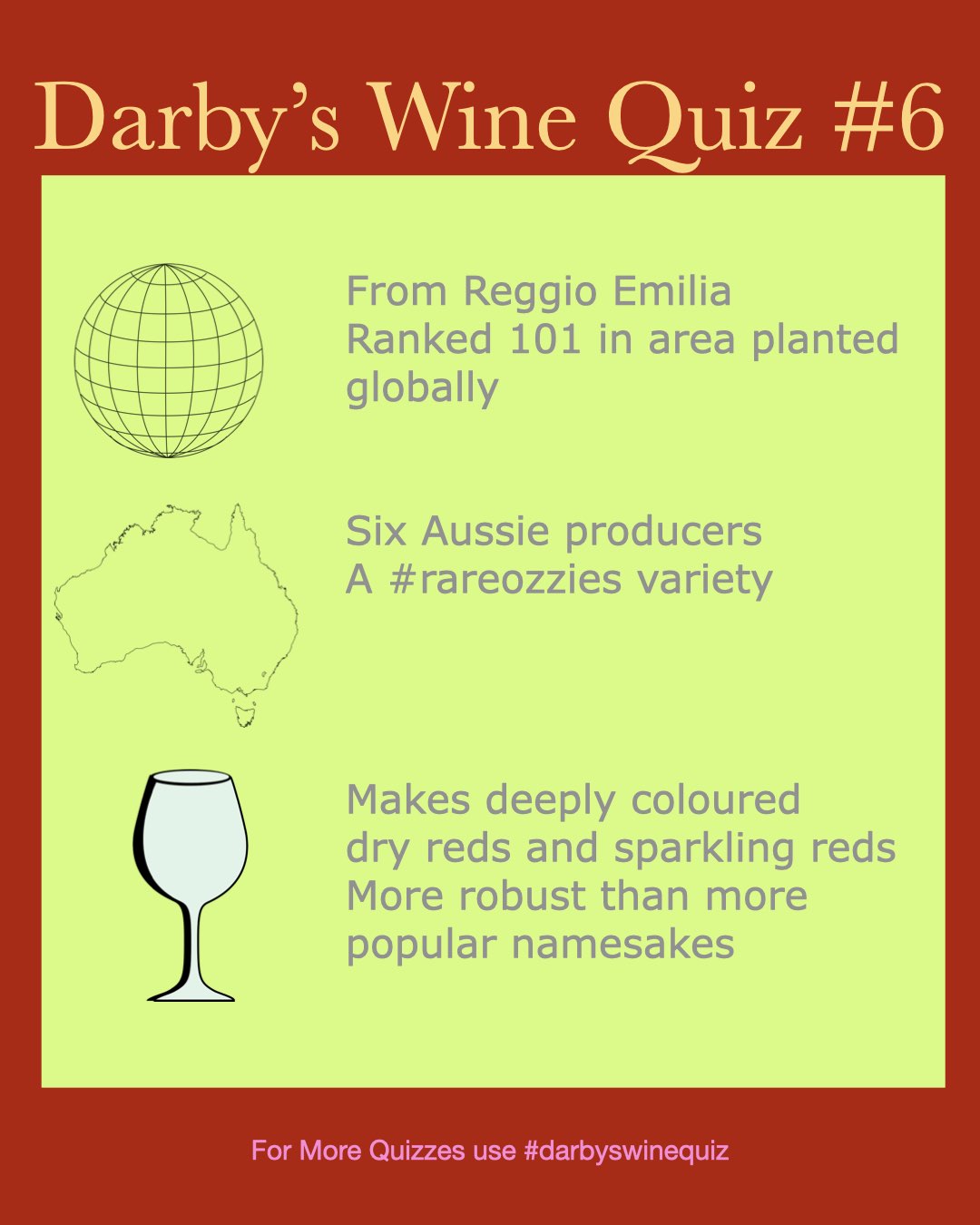Blended wines
Your first paragraph ...Novice wine lovers soon come across the concept of blended wines and varietal wines. The two questions that spring to mind are, “what does it mean?” and “does it matter?”

Subscribers to Vinodiversity Community get invites to Darby's Special Taste and Talk Sessions.
What are Blended wines?
At the basic level, the difference is quite simple. Varietal wines are made from a single grape variety, while blended wines are made using two or more.
Cabernets, Cabernet Sauvignon, Cabernet Merlot and Cabernet FrancConfusing for many but these varietal names or tags appear on many labels. Let’s see what they mean.Cabernet Sauvignon is a variety. A wine so labeled will have at least 85% “Cab Sav” variety in it. Cabernet Merlot is a blend of two the varieties, Cab Sav and Merlot. There will be more Cab Sav because it is first named. There may be small amounts of other varieties present, up to 15%.Cabernet Franc is a separate variety. It is often blended with Cab Sav and the result is labelled Cabernets.
In practice it is a little more complex than that. The most obvious example is the difference between the two great red wine styles of France.
Burgundy red wine is composed of the single variety, Pinot noir. Bordeaux red wines are most often blends of up to six varieties, Cabernet Sauvignon, Cabernet Franc, Merlot, Malbec, Carmenere and Petit Verdot. There are a few Bordeaux wines made from a single variety, but they are the exceptions that prove the rule.
So much for theory.
The distinction between varietal and blended wines is less clear in practice. Many varietal wines are made from blends of wine grown in several regions.
Australia’s iconic Penfolds Grange is such an example. Each year hundreds of samples from many vineyards are tasted and evaluated before the final blend is decided upon. The result is a blend of regions, rather than varieties. Grange is mostly Shiraz, but in some years it contains some Cabernet Sauvignon or other varieties.
Shiraz Viognier - a Special blend
Since around the turn of the century there has been a vogue using Viognier with Shiraz. It seems to be a marketing plus to have “Shiraz Viognier” on the label, even if there is only a very small percentage of Viognier.
These wines are often not strictly blends as they are made by a process called co-pigmentation. The grapes are mixed prior to fermentation, apparently the effects of the Viognier is to modify the biochemical pathways during fermentation and hence play a role in the final colour intensity and flavour of the wine.
Regional Blends
Many more modest Australian wines with lesser claims to fame are also regional blends. The process of selecting the blend is similar but much more simplified. The clue on the label is often the words “Wine of South Eastern Australia”. The boundary of this region is a straight line from near Rockhampton to Ceduna. This is almost as general a statement that you can get about the origins of an Australian wine.
Some wines made from a single variety are blends of several different vintages. Multi vintage wines are common in sparkling wines (look for ‘NV’ on the label) and fortified wines but this is quite rare for table wines.
While on the topic of labels, you should be aware that many wines bearing a single varietal name can legally contain up to fifteen percent of other varieties, and these may or may not appear on the label.
Blended or varietal - Does it matter?
Our second question is “does it matter?” Well, if you find a wine that you enjoy and it is a blend, then you should continue to drink it. However if you wish to extend your wine knowledge and thus enhance your wine experience you should try varietal wines whenever possible. There are hundreds of varietal wines available, each with a special subtle difference waiting for you to discover.
More wine articles
- 200 wine varieties in Australia
- Where do Italian wine varieties come from? A regional breakdown
- Who can remember these wine labels? Before we became obsessed with varietal naming
- Most Diverse wine regions Taste and talk presentation
- Mistaken Identities Taste and talk presentation
- Workhorse Varieties Taste and talk presentation
- What Rare Ozzies are taking off? Taste and talk presentation
- A tour of the Macedon Ranges Wine region Article by Darby Higgs
- Whatever happened to Shiraz Viognier Article by Darby Higgs
- New alternative varieties in Vintage 2021 Article by Darby Higgs
- Is Vinodiversity Dead? Article by Darby Higgs
- Top Ten Alternative Red Wine Varieties Article by Darby Higgs
- Everything You Need to Know About Organic Wines Guest Article
- What Wine varieties originated in Australia? Article by Darby Higgs
- The History Of Malbec And Its Growing Popularity In Australia
- Alternative Varietal Sparkling Wines
- My Wine Century
- International Variety Days
- 46 red wine varieties you should know about
- Nebbiolo Sweat and TearsArticle by Karen Coats
- Three Rare Tuscan Red Wine Varieties
- Gruner Veltliner at Australian Alternatives Varieties Wine Show 2016
- Five Italian red wine varieties you should know about
- Review of Roger Corder's book The Red Wine Diet
- Review of Evan Goldstein's Daring Pairings
- Why Grape Varieties Matter: Article by Darby Higgs
- What is a Wine Variety?: Article By Darby Higgs
- Tempranillo on the rise: Article By Darby Higgs
- What is so Special about Zinfandel
- My Wine Century Darby's list of varieties for the Wine Century club
- What is so Special About Fiano
- Wine ratings - what does a point taste like? Points and stars and what they mean
- Wine Books on Kindle How to carry your wine library around with you.
- Blended wines
Our Site Sponsors
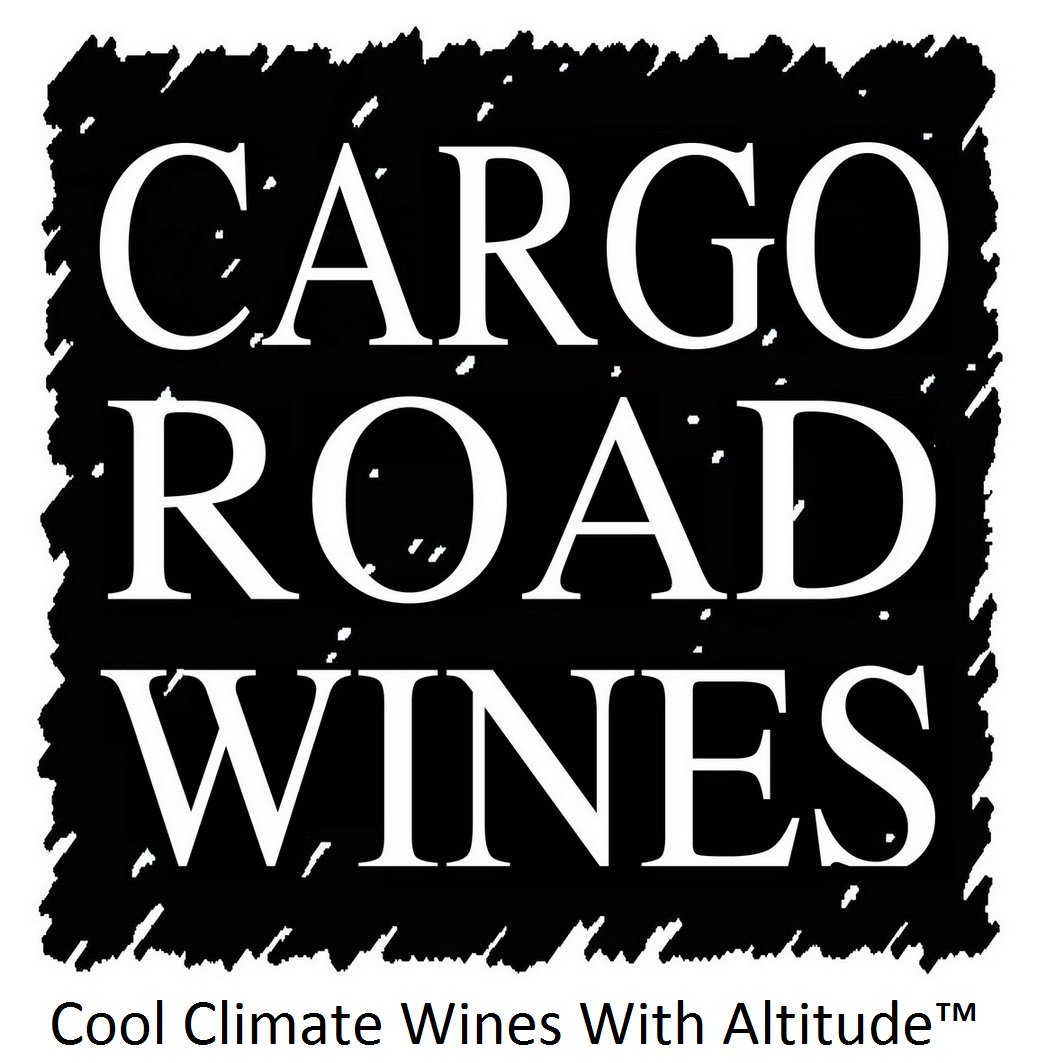 Cargo Road Wines in the Orange NSW region is a Site Sponsor of Vinodiversity
Cargo Road Wines in the Orange NSW region is a Site Sponsor of Vinodiversity
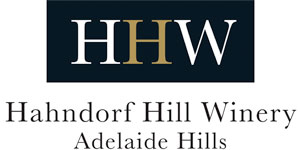 Hahndorf Hill Winery in the Adelaide Hills is a Site Sponsor of Vinodiversity
Hahndorf Hill Winery in the Adelaide Hills is a Site Sponsor of Vinodiversity
 Frankly This Wine is made by Bob
Frankly This Wine is made by Bob
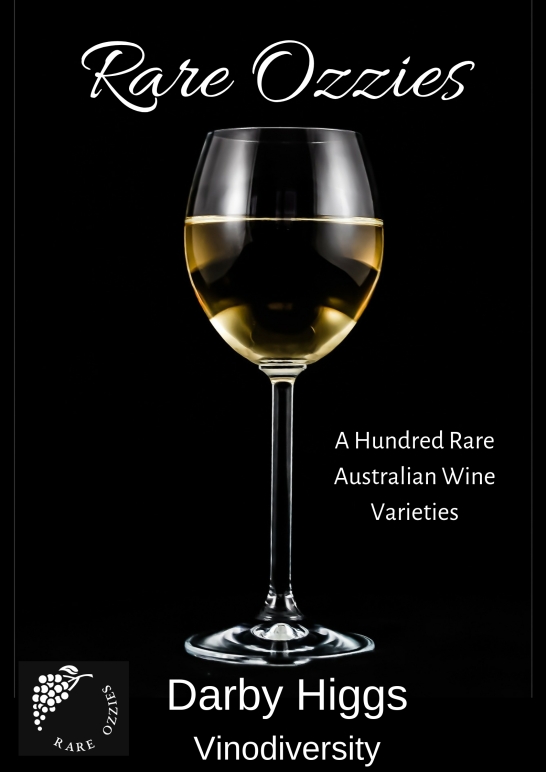 Order this book about Rare Aussie wines
Order this book about Rare Aussie wines
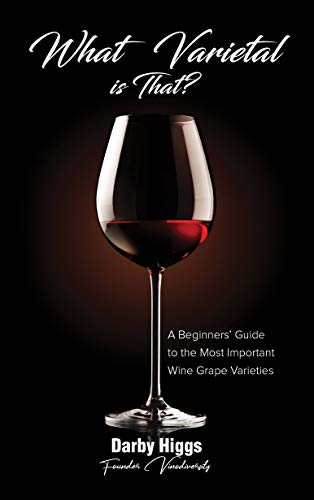 This book describes the most important wines globally
This book describes the most important wines globally
 Savina Road in the Granite Belt Region is a Site Sponsor of Vinodiversity
Savina Road in the Granite Belt Region is a Site Sponsor of Vinodiversity
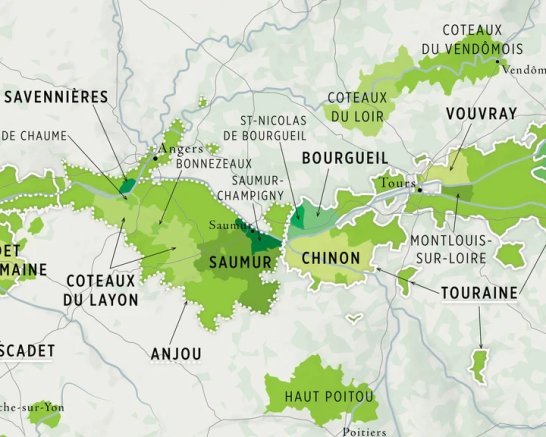 Detail of the new map of France. Italy and Spain also available
Detail of the new map of France. Italy and Spain also available
Become a Site sponsor
You can use this space to promote your winery or wine based business.
See this page for details
Contact Darby for details.
Tweets by @vinodiversity


